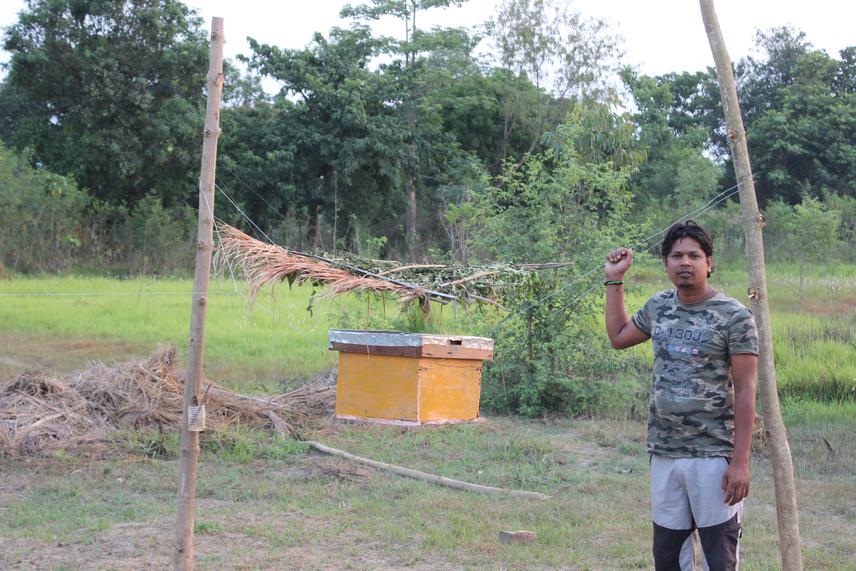Roshan Kumar Thakur
Other projects
10 Apr 2015
Geospatial Modelling of Walk Trails of Asian Elephant as a Tool for Mitigating Human Elephant Conflicts in Central Nepal
19 Apr 2017
Using Bee as Eco-Deterrent for Crop Raiding Elephant: Testing Effectiveness, Efficiency as a Tool for Human Elephant Conflict (HEC) Mitigation in Central Nepal
11 Nov 2024
Living with Giants: Phase II. Harmony in the Wild i.e., Sustainable Conservation Action in Nepal
Immediate conflict mitigation has always been in shade in Nepal’s conservation projects. Population structure, Source or parent population, age, sex by genetic method; favourable areas using dung density and individual identification observing morphological characters of elephants of Dhanusha District will be investigated. Two Elephant Response Teams (ERTs) will be made in central Nepal to control and deter menace creating elephants. Gajraj Scholarship in the name of famous elephant will be provided to students whose father was killed during Human Elephant Conflict in Central Nepal to increase tolerance for elephants. Elephant Information Android Application will be made to records the movements, presences of elephant in human surroundings and also SMS alerts will be sent to responsible stakeholders. Lastly, livelihood opportunities training will be conducted as a benefit of living with elephants. Also awareness calendar will be prepared showcasing various human elephant conflict mitigation strategies will be distributed in Central Nepal.

This project puts few innovative solutions to increase tolerance level for elephant and also stand with community in deterring menace creating elephants. This project solely plans to help the victim’s families and conserve elephant.
Population structure, age, sex and favorable habitat of elephant in Dhanusha district will be identified. This will help us better to solve the mystery of elephant about their origin either it is from eastern population or from central population.
This project will create two Elephant Response Teams (ERTs) in Central Nepal. Elephant response teams will be helpful to carry out immediate deterrence and stand with community in distress and trauma whenever elephant creates a menace. We plan to equip them with flashlight, trainings and immediate deterrence ideas.
Starting Gajraj (Elephant) scholarship for the victim’s children for the first time in Nepal in the name of historical elephant of Nepal will be an innovative way of elephant conservation. I believe paying penance to the poor family whose member was accidently killed will increase tolerance level. This will be seen as benefit of living with giants. I believe one-time monetary compensation as it exists now seems to be not so desirable and feasible in the long run. Rather, it would be better if we could establish an insurance system for the people of vulnerable areas. Similarly, provision for regular allowance and placement of the victims’ families in suitable jobs could be a more reasonable and practical approach to compensation for wildlife victims.
This project will develop a mobile app for regular monitoring of elephants between central and eastern population where elephant’s status are not secure. This manually operated app will communicate with ERT teams. It will also send SMS about elephant presence to local police as well as relevant forest authority informing them about elephant movement’s directions and tackle problematic elephant in their surroundings. Also this project will help few victims’ families with livelihood options poultry farming, mushroom farming, beekeeping during this project as these jobs can really relief the victim’s family members from pain. Awareness calendar are to be printed in local language so that the co-existed community can understand what they can do from their ground to decrease human elephant conflict. They will cope to live with elephants i.e. thus the project will achieve its theme “Living With Giants.”